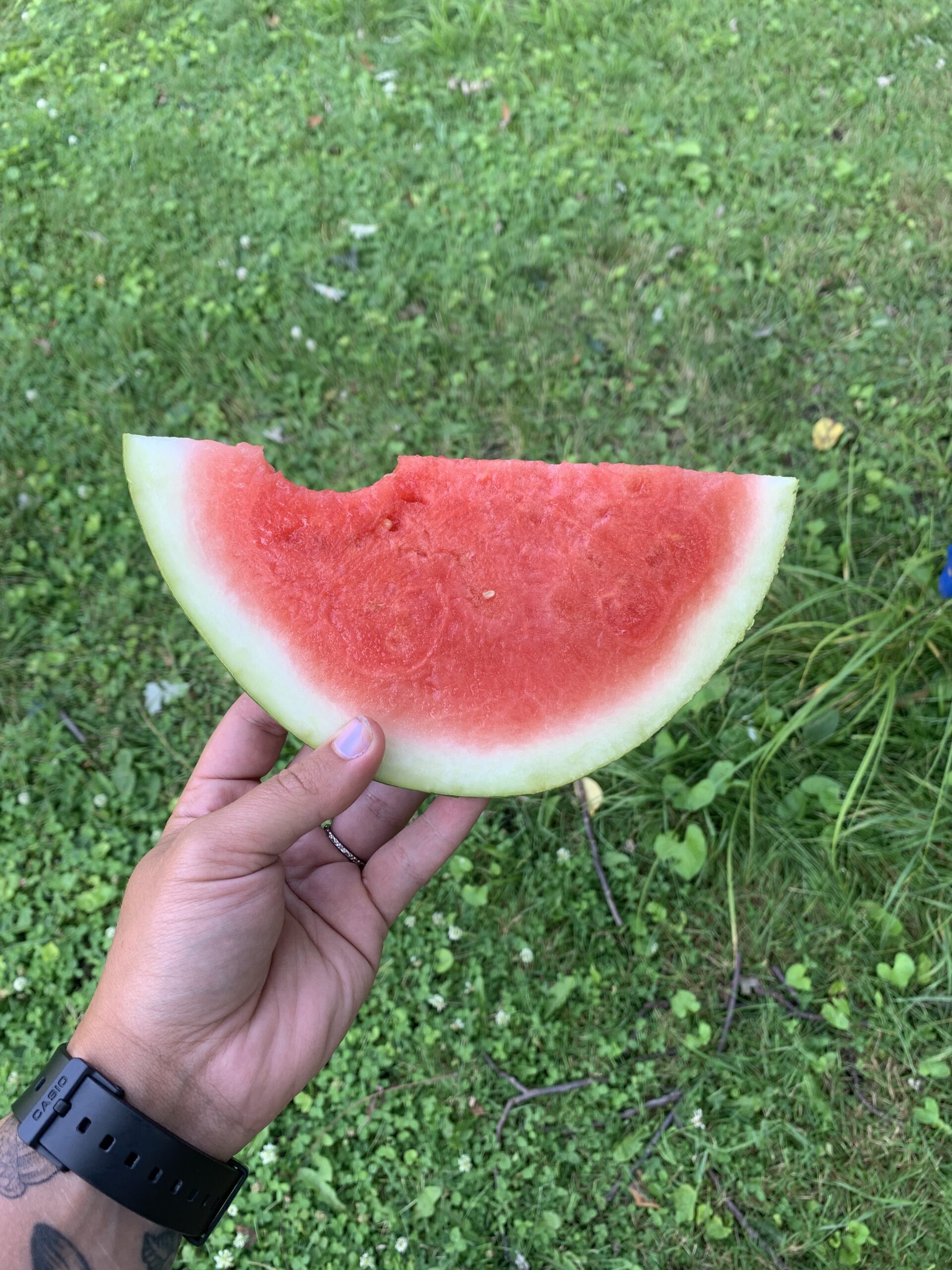Big project update! For my summer project I am looking at nectar and pollen volumes in other Asteraceae plants that are non – Echinacea in burned sites versus unburned sites. This is important because pollinators depend on pollen and nectar to get the nutrients they need. A large decrease in pollinators has been found due to prairie fragmentation, and studying whether fire can help in producing a higher quantity of pollen and nectar can be shared with land managers to help create more viable resources for pollinators in their prairie restoration efforts. My two species of focus for now are Coreopsis palmata (also known as prairie coreopsis) and Helianthus pauciflorus (also known as stiff sunflower). Mid-summer coreopsis blooming is starting to come to close and so are my nectar and pollen measurements! Onto sunflowers here in the next couple weeks!
Time for daily update: Total demo continues! One group of 4 and one group of 3 went out to a total of 4 different sites. These included south of golf course, north of golf course, and yellow orchid hill east and west. A few people also finished up or pollen and nectar collection on Echinacea heads.
This afternoon a group went out and did e-trap collection and retrieval. We have been working on rotation 5 this week after finally polishing off rotation 4 late last week! The rest of us went and did measurements of Echinacea in one of our experimental plots (P9). Measurements included: flowering rosette count, basal rosette count, total basal leaves, height of tallest basal leaf, height of tallest cauline leaf (aka leaf on stem without a petiole), and height of head to name a few. Our plant of the day was finding a diseased Echinacea with over 360 basal leaves. To finish off the day we moved the goats to a new paddock and enjoyed some cold watermelon in the late week heat.



Leave a Reply